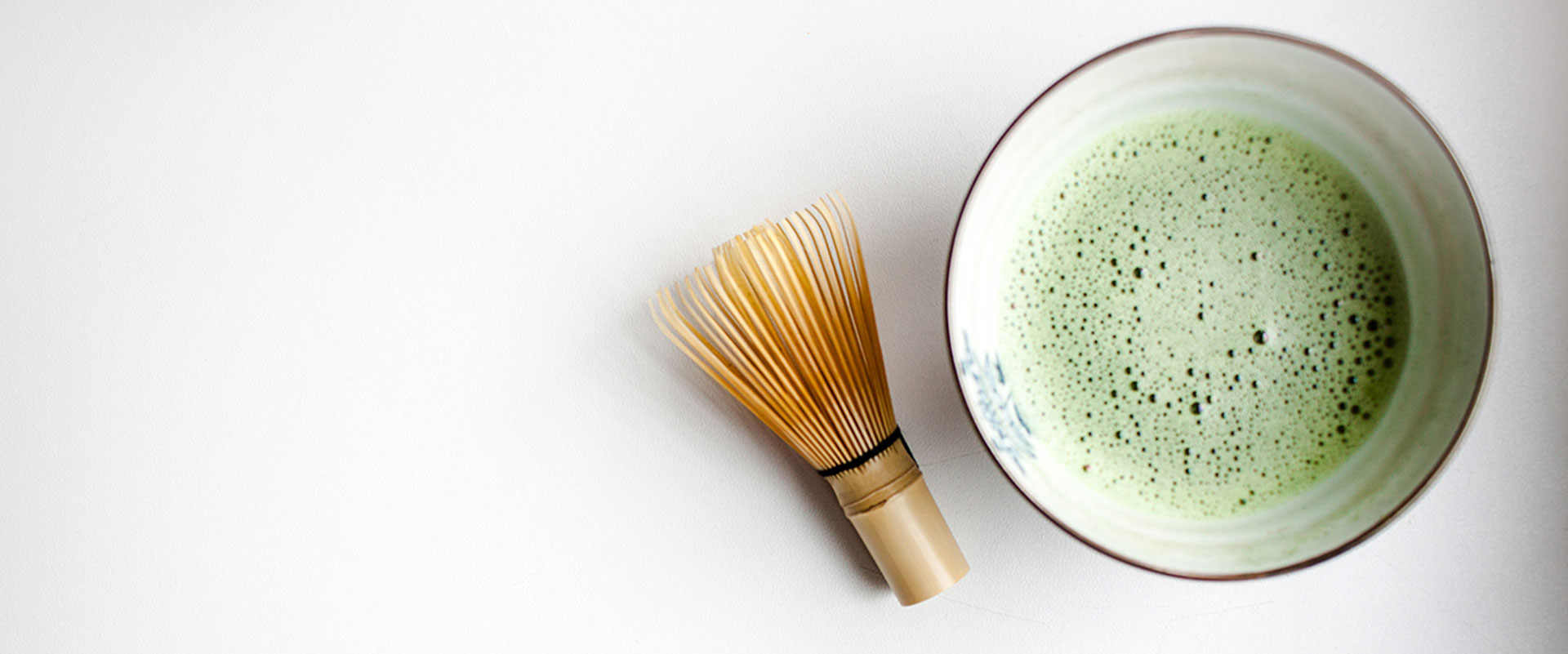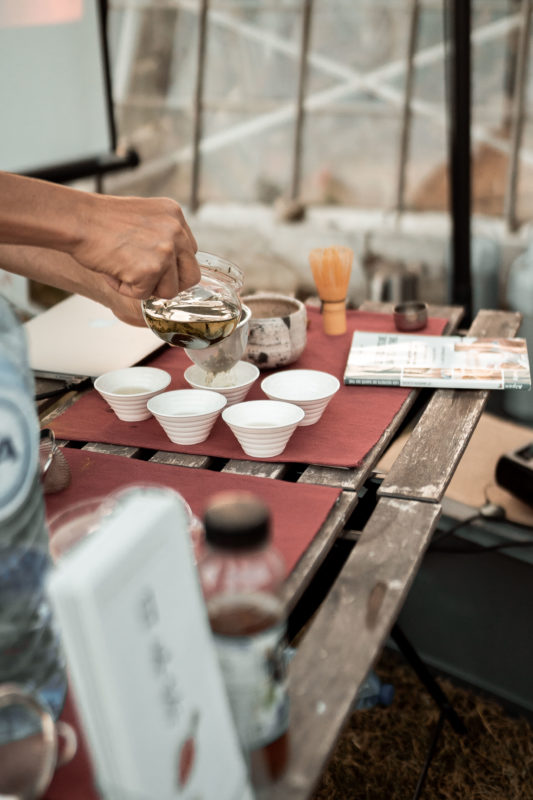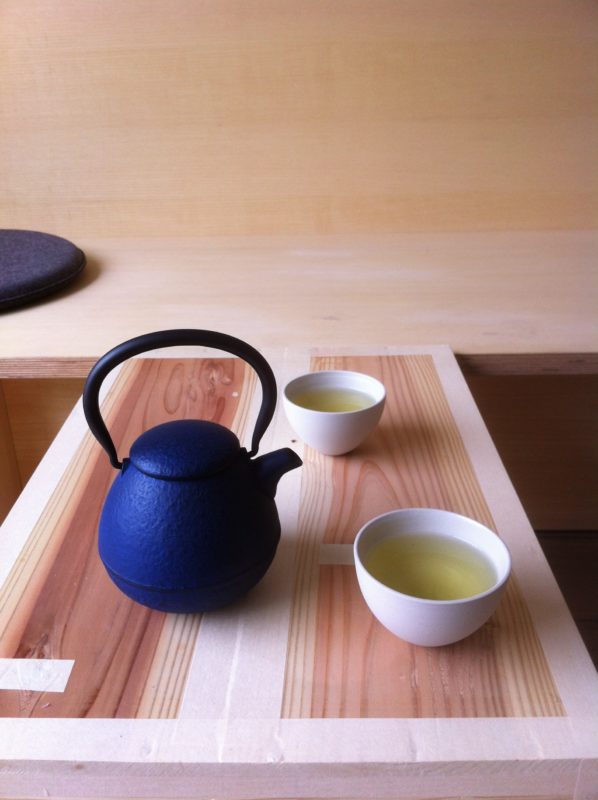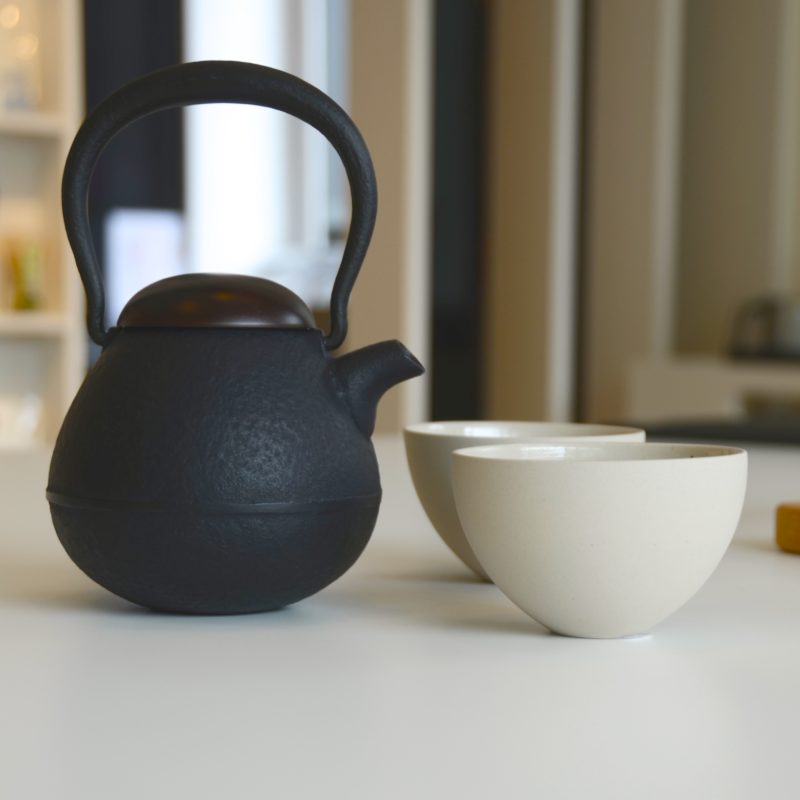What makes Japanese green tea
so unique?
Green tea is steamed to stop the oxidation of the tea.
What is unique about our real Japanese green tea is the production process:
in 1 day the tea is harvested, steamed, dried and packed in airtight packaging.
Thanks to this process, Azumaya’s real Japanese green tea doesn’t oxidate
after steaming and the unique taste is preserved.
In the further handling of the tea, it is important to make sure the tea doesn’t oxidate by exposure to air, light or humidity.
We pay a lot of attention to the packaging, transport and storage of the tea.
We sell our Japanese green tea in small sealed packages and import the tea using fast air transport.
How to prepare Japanese green tea
It’s not difficult to prepare Japanese green tea, but there are a few things you need to know
to prepare a perfect cup of green tea.
You can find a few tips below to help you get started.
And at the Azumaya Antwerp shop we can give you more explanation during our workshops and degustations.
Soon the preparation of Japanese green tea will hold no secrets for you!
TO PreparE MATCHA YOU NEED:
Matcha tea – Matcha bowl ‘CHAWAN’ – Bamboo whisk ‘CHASEN’ – Bamboo spoon ‘CHASHAKU’
STEP 1
Preheat the Matcha bowl by filling it 1/3 with hot water. Put the bamboo whisk in the hot water to moisten the teeth of the whisk. Once the bowl is preheated, take out the whisk and pour out the water. Dry the bowl with a cloth. Pour 70 ml of hot water in a separate bowl and let it cool for a few minutes.
STEP 2
Using the bamboo spoon, put 2 spoons of Matcha powder into the bowl. (~2g)
STEP 3
Once the water has cooled (~78-80°), pour it into the Matcha bowl with the Matcha powder.
STEP 4
Whisk the water and Matcha powder in the bowl by making fast M-shaped movements with the Chasen. Start with large, coarse movements to create a foam layer. To finish, make smaller, softer M-shaped movements to remove the biggest air bubbles from the foam. Try to make the movement from your wrist; don’t use your full arm. Now you get a thick foam layer with small air bubbles on top. Enjoy your perfectly made cup of Matcha tea!
THE Preparation
of Gyokuro, Sencha,
Hojicha, Genmaicha and Bancha.
The amount of tea leaves vs. the amount of water
The general rule is: the better quality of tea leaves, the more tea leaves and the less water should be used. Tea with more bitterness is prepared with fewer leaves and more water. Sweeter tea is prepared with more leaves and less water, in order to generate a strong and full flavour. Of course everyone has their own preference, but as a rule of thumb you can use these guidelines:
Gyokuro: 2g tea for 30ml water
Sencha, Genmaicha, Hojicha and Bancha: 5g tea for 15cl water
Water temperature
If you use boiling water for Sencha, it will release too many tannins and become too bitter. Depending on the kind of tea, these are good starting temperatures:
Gyokuro: 40-50°
Sencha: 60-70°
Genmaicha, Hojicha and Bancha: 90-100°
It’s best to boil the water first using a Cast Iron Nanbu-teki kettle. This makes the water softer, which is better suited to make tea.
Then put the boiling water in the teapot (without the tea leaves). After 1 minute pour the water into the cups, and pour out the excess water from the teapot. After 1 minute, put the water in an extra bowl and put the tea leaves in the teapot.
Then pour the water in the teapot.
This method accomplishes 3 things:
– cools down the water
– preheats the cups and teapot
– measures the right amount of water for the cups
Infusion time
As a rule of thumb, you can use these timings:
First infusion:
Gyokuro: 3 minutes
Sencha: 1 minute
Genmaicha, Hojicha, Bancha: 2 minutes
Second infusion:
Gyokuro: 3 minutes
Sencha: 30 seconds
Genmaicha, Hojicha, Bancha: 2 minutes
Third infusion:
Gyokuro: 3 minutes
Sencha, Genmaicha, Hojicha, Bancha and Hojicha are usually only infused 2 times.


 Nederlands
Nederlands Français
Français


